The crisp autumn air is a good season for outdoor sports, and suddenly there are more people sharing their running tracks on their social media. Why do some people become slimmer as they run, while others experience knee soreness and their weight remains unchanged? It turns out that running for weight loss contains a lot of knowledge, and mastering these key points is the key to achieving twice the result with half the effort.

1. Preparation before running determines weight loss efficiency
1. Choosing the right time slot can achieve twice the result with half the effort
Running on an empty stomach in the morning can burn 20% more fat, but people with low blood sugar should be cautious. The testosterone level is highest between 4-6 pm, which is more suitable for muscle building and shaping. Night runs should be scheduled 2 hours after meals to avoid affecting sleep quality.
2. The more expensive the equipment, the better.
Running shoes should be half a size larger than daily shoes, and the forefoot should have 1 centimeter of activity space. Professional testing shows that tight running shoes can increase foot pressure by 35%. Sports underwear should be chosen with medium to high strength support to avoid chest ligament damage.
2. The Golden Rule of Running
1. Speed is not the faster the better
The optimal fat burning heart rate is controlled at (220 age) x 60% -70%. This range has the highest proportion of fat energy supply and can still speak normally while running. Wearing a heart rate band or sports wristband can accurately monitor.
2. Posture determines knee lifespan
Keep your body slightly forward and bend your knees about 15 degrees when landing. Common mistakes include: taking too big a step causing the heel to land first, and swinging the arms left and right consuming extra energy. Shooting side running posture with a mobile phone can help self correct.
3. Recovery after running affects continuous fat burning
1. Cold body exercise is essential
Sudden cessation can cause blood to accumulate in the lower limbs. After walking slowly for 5 minutes, do leg stretching, focusing on relaxing the quadriceps and gastrocnemius muscles. Foam axis massage can relieve 72% of delayed muscle soreness.
2. Nutritional supplementation window period
Consuming carbohydrates and proteins (in a ratio of 3:1) within 30 minutes after exercise can accelerate muscle repair. A banana paired with sugar free yogurt is the perfect combination to avoid high-fat foods affecting absorption efficiency.
4. Avoid these common misconceptions
1. Running every day may have poor results
Muscles require a 48 hour repair period, and it is recommended to run the next day in conjunction with swimming or yoga. Continuous high-intensity running can increase cortisol levels and instead promote fat accumulation.
2. Running alone without strength training
Squatting, plank support, and other movements can increase basal metabolic rate. Data shows that for every 1 kilogram increase in muscle mass, an additional 110 calories are burned per day.
3. Ignoring body warning signals
Continuous joint pain and rapid nighttime heartbeat are signs of overtraining. It is recommended to record the resting heart rate in the morning every week. If the value continues to increase by more than 10%, the plan should be adjusted. Remember these key points, and you can also become a science runner in your social circle. In the cool autumn season, choose a pair of running shoes that fit your feet and set off, making every drop of sweat more valuable. If you persist for a month, you will find that the feeling of loose waistband is more surprising than the weight scale numbers!

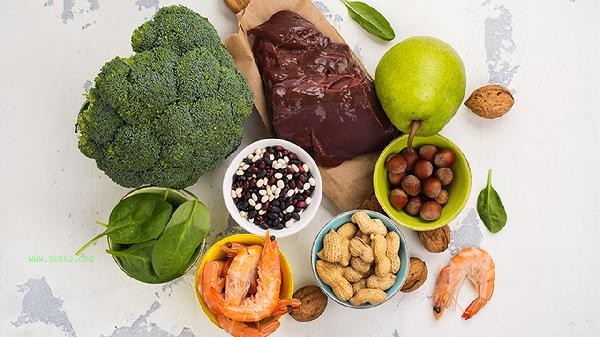
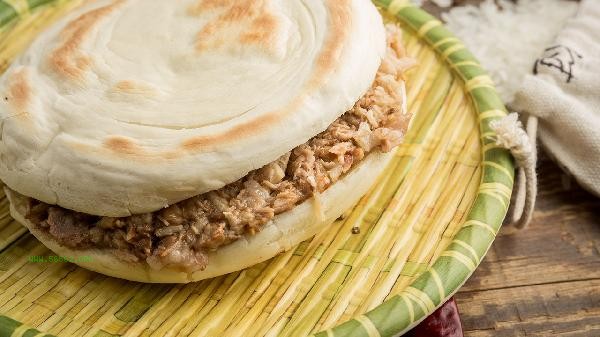
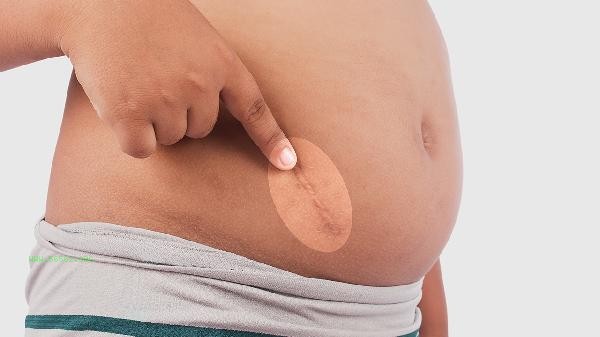
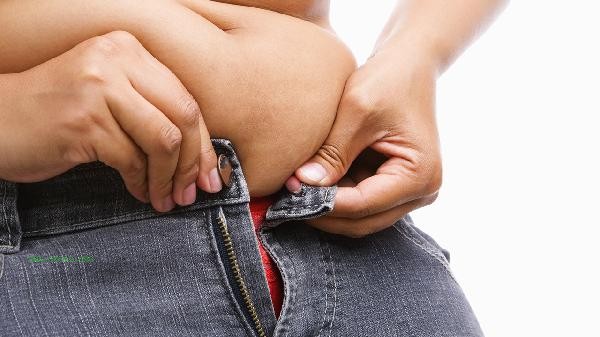
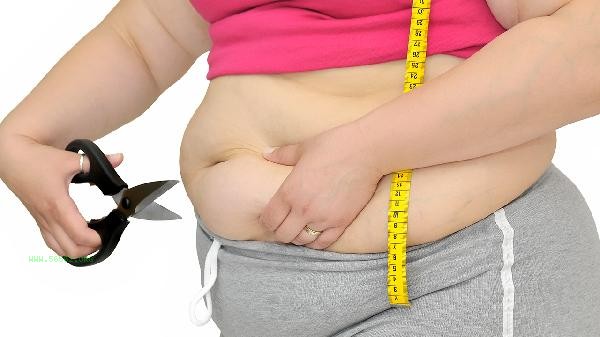


Comments (0)
Leave a Comment
No comments yet
Be the first to share your thoughts!